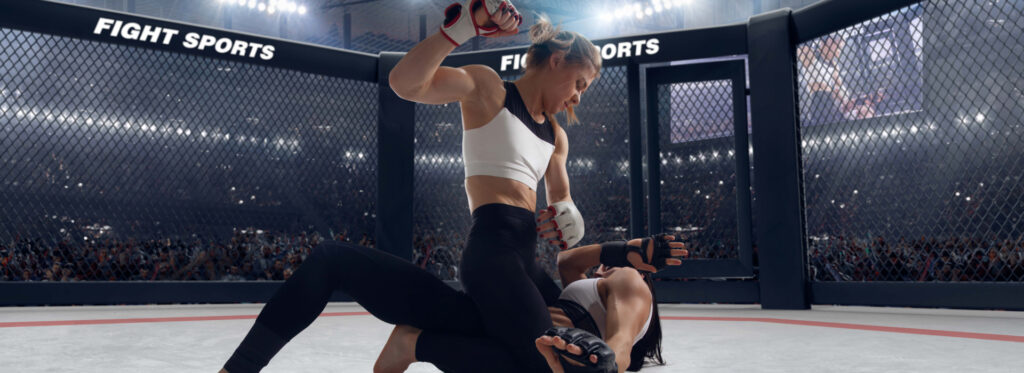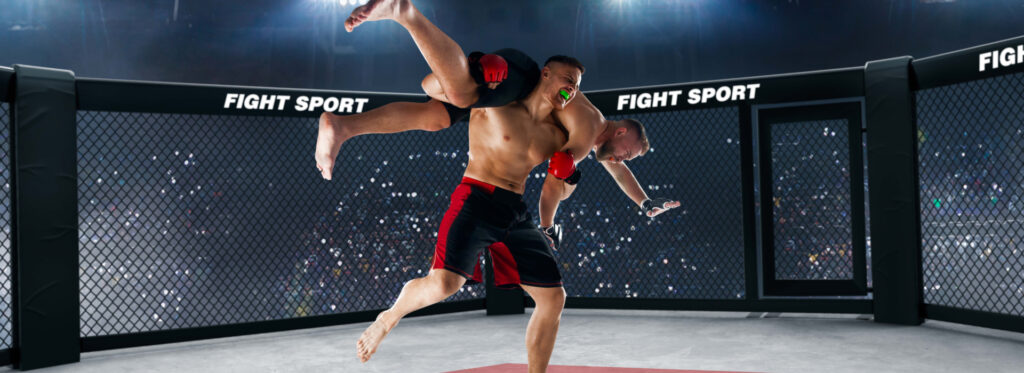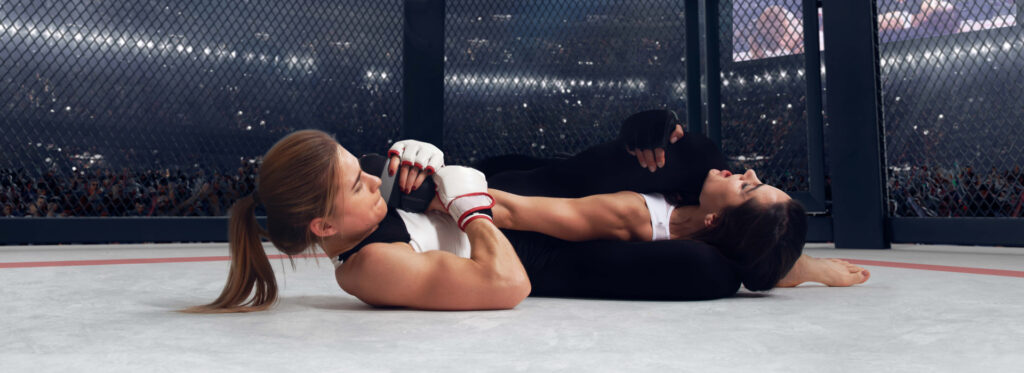Kickboxing vs. Muay Thai: Understanding the Key Differences

When it comes to striking martial arts, Kickboxing and Muay Thai are often compared due to their similarities. Both are powerful stand-up fighting styles, commonly seen in combat sports and self-defense training. However, despite their overlapping techniques, these two disciplines have unique differences in fighting styles, rules, and training approaches. If you’re trying to decide which one is right for you, understanding these differences will help you make the best choice.
Techniques & Fighting Style
The primary distinction between Kickboxing and Muay Thai lies in the techniques allowed in each sport.
Kickboxing: Speed, Footwork, and Striking Combinations
Kickboxing is a striking sport that primarily emphasizes punches and kicks. Unlike Muay Thai, elbow and knee strikes are usually not permitted, and clinching is minimal or completely restricted, depending on the rule set. Fighters rely heavily on footwork, agility, and quick combinations to outmaneuver their opponents.
A typical kickboxing fight consists of rapid exchanges, where fighters use boxing-style head movement and lateral movement to create angles for attack. The emphasis is on speed and precision, with high-volume striking combinations forming the core of a fighter’s arsenal.
Key Kickboxing Techniques:
- Jab & Cross – Essential punches to create openings and control distance.
- Roundhouse Kick – A powerful kick aimed at the head, body, or legs.
- Side Kick & Front Kick – Used to maintain distance and push back an opponent.
- Weaving & Slipping – Defensive techniques that help avoid punches and counterattack efficiently.
Muay Thai: The Art of Eight Limbs
Muay Thai, on the other hand, is a more comprehensive striking system known as the “Art of Eight Limbs” because it utilizes punches, kicks, elbows, and knee strikes. Unlike Kickboxing, clinching plays a crucial role in controlling the opponent, setting up knee strikes, and executing sweeps.
Muay Thai fights tend to have a slower pace compared to Kickboxing but involve more powerful, well-timed strikes. Fighters aim to damage opponents with fewer but more devastating shots rather than engaging in high-volume exchanges.
Key Muay Thai Techniques:
- Elbow Strikes – Short-range, cutting strikes that can cause serious damage.
- Knee Strikes – Delivered from the clinch to weaken an opponent’s core.
- Teep (Push Kick) – A defensive technique to maintain distance and disrupt an opponent’s rhythm.
- Clinch Control & Sweeps – Used to dominate close-range battles and set up attacks.
Apart from techniques, Kickboxing and Muay Thai differ in their rules and scoring criteria.
Kickboxing: Emphasis on Speed and Clean Strikes
Kickboxing fights usually consist of three to five rounds of three minutes each. The scoring system favors clean, powerful strikes and aggressive forward movement. Fighters must keep a fast pace, constantly throwing combinations and outscoring their opponent with volume and accuracy.
Judges consider:
- The number of clean, effective strikes landed.
- Aggression and ring control.
- Defensive skills, such as slipping, blocking, and counterattacks.
Muay Thai: Prioritizing Control and Damage
Muay Thai scoring, on the other hand, rewards fighters who land the most damaging strikes and control the fight through clinching and positional dominance. A well-placed elbow or knee can score higher than multiple punches or kicks if it visibly affects an opponent.
Judges prioritize:
- Damage inflicted – Effective and powerful strikes are scored higher than volume.
- Clinch control – Fighters who dominate in the clinch and land knee/elbow strikes gain an advantage.
- Balance and composure – Fighters who remain strong and composed under attack are seen as superior.
Which One is Better for Beginners?
- Kickboxing is more beginner-friendly as it focuses on fundamental striking without clinching. If you prefer a fast-paced combat sport that improves agility and striking combinations, Kickboxing is a great starting point.
- Muay Thai is more physically demanding but offers a well-rounded striking system. If you want to learn a more complete fighting style, including clinch work and devastating strikes, Muay Thai will challenge and toughen you up.
When deciding between Kickboxing and Muay Thai, consider the following:
- If you enjoy fast footwork, dynamic movements, and sharp punching/kicking combinations, Kickboxing is ideal.
- If you want a more traditional and powerful striking system that includes elbows, knees, and clinch control, Muay Thai is the better choice.
Ultimately, both disciplines offer incredible benefits, from improving fitness and coordination to enhancing self-defense skills. Whether you choose Kickboxing or Muay Thai, consistent training and dedication will lead to significant progress.
Choosing between Kickboxing and Muay Thai as a beginner depends on your goals and physical endurance.
Final Thoughts
No matter which path you take, both Kickboxing and Muay Thai will build your strength, endurance, and fighting ability. If possible, try both to see which style suits you best. Many fighters even blend elements of both disciplines to become more well-rounded martial artists.Are you ready to step into the world of striking combat? Whether it’s Kickboxing or Muay Thai, the journey starts with a single step—get into the gym, train hard, and embrace the challenge!






Responses